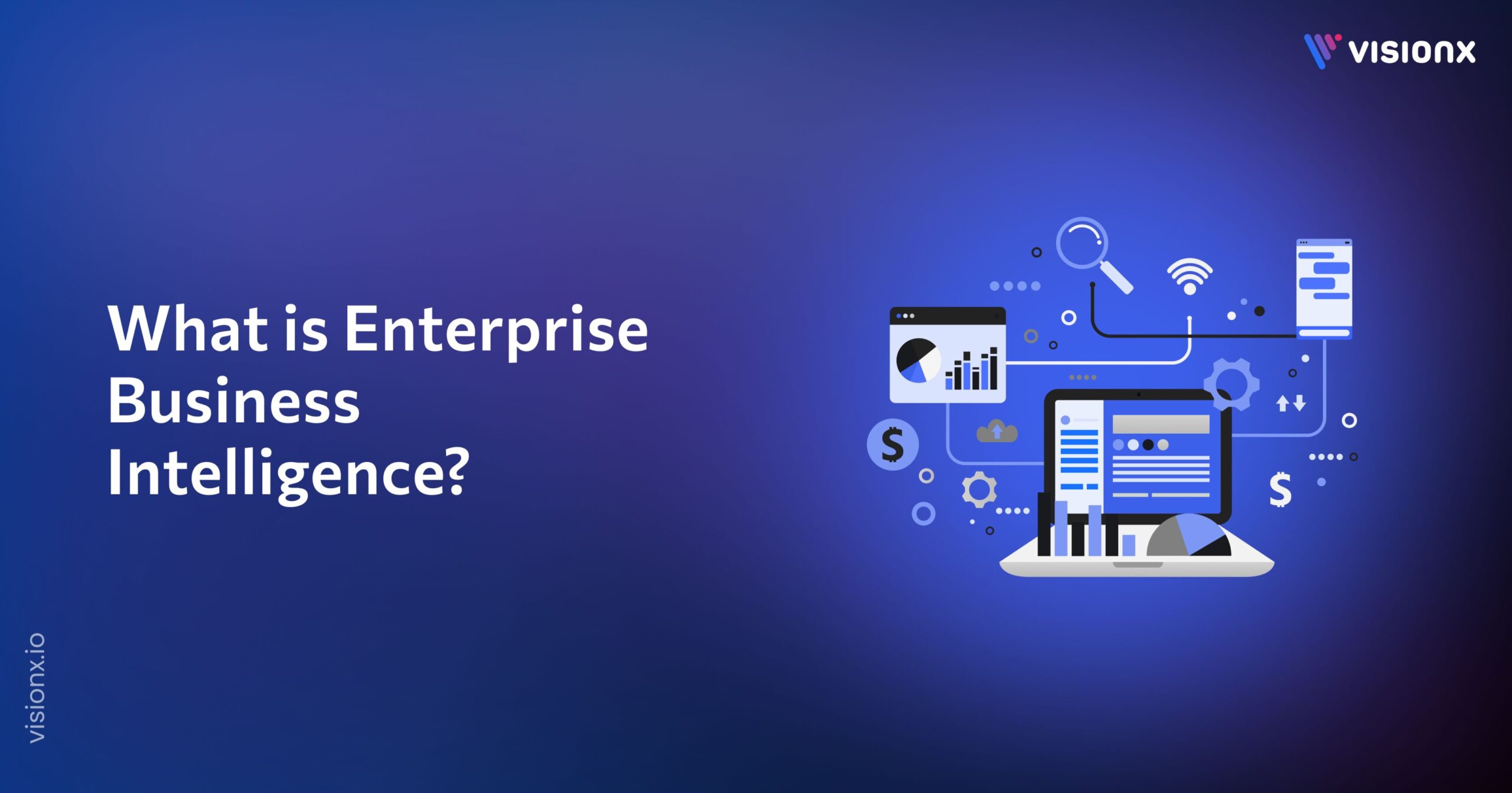With technology advancing daily, businesses always look for efficient software development methods to keep up with the competition. However, achieving this often comes with many challenges.
For many companies, outsourcing is the solution. But what underlying pain points drive businesses to seek external expertise for their software projects?
Why Outsource Software Development?
Before we get into the details of how to outsource software development, let’s discuss the why.
Software development projects come with several challenges. Some major issues that force companies to outsource software development projects are:
1. Higher Cost
One of the most pressing issues for businesses, especially in high-cost regions, is the significant expense of hiring and maintaining an in-house development team. With local labor costs soaring, many companies are constrained by tight budgets, making it difficult to sustain a full-time development staff.
2. Skill Gap
The rapid advancement of technology often outpaces the ability of in-house teams to keep up. Projects requiring specialized skills can be particularly challenging when the necessary expertise is absent.
3. Diverted Focus from Core Competencies
For many businesses, staying laser-focused on their core competencies is crucial for success. Diverting resources to manage non-core activities, like software development, can dilute focus and efficiency.
4. Maintaining a Permanent Team
The dynamic nature of software projects often requires a flexible and scalable workforce. Maintaining a permanent team can be inefficient and costly for short-term or fluctuating project needs
5. Short Deadlines
Time is often a critical factor in software development. Tight deadlines and the need for rapid turnaround times can place immense pressure on in-house teams.
What is Software Outsourcing?
Software outsourcing is the practice of hiring external organizations or professionals to handle software development tasks that would traditionally be performed in-house. This approach allows businesses to hire third-party firms to develop, maintain, and support their software applications and systems.
Companies transfer responsibility for various software-related tasks, from initial design and development to testing, deployment, and maintenance, to external service providers. These can be specialized software development firms or large multinational companies with extensive resources and expertise in software engineering.
Software outsourcing can be done onshore (within the same country), nearshore (in nearby countries), or offshore (in distant countries), depending on the business’s specific needs and preferences.
Types of Software Outsourcing
1. Onshore Outsourcing:
Working with service providers within the same country. This can facilitate easier communication and collaboration due to similar time zones and cultural contexts.
2. Nearshore Outsourcing:
Partnering with companies in neighboring or nearby countries. This approach offers a balance between cost savings and manageable time zone differences.
3. Offshore Outsourcing:
Engaging firms located in distant countries often to leverage significant cost advantages and access to a larger talent pool.
Benefits of Software Outsourcing
- Cost Savings: Reduces hiring, training, and maintaining in-house team expenses, particularly in high-cost regions.
- Access to Specialized Skills: Provides access to a broader range of technical expertise and specialized skills that may not be available internally.
- Scalability and Flexibility: Enables businesses to scale their development efforts up or down based on project demands without the long-term commitment to permanent staff.
- Faster Time-to-Market: Leverages the external team’s experience and resources to accelerate project timelines and quickly bring products to market.
Factors to Consider Before Outsourcing
Before outsourcing a software development project, businesses should carefully evaluate several key factors to ensure that the arrangement meets their needs and expectations. Here are the critical considerations:
Project Scope and Requirements
Start by clearly defining your project requirements. What problem are you trying to solve? What are your goals? Create detailed documentation that outlines functionality, features, and user expectations.
Vendor Selection
Evaluate the potential vendor’s experience, technical expertise, and track record in handling similar projects. Check reviews, ask for client references, and assess the vendor’s reputation in the industry.
Ensure the vendor’s working style and company culture align with your own.
Cost and Budget
Consider the development costs and additional expenses such as maintenance, support, and potential travel costs.
Decide on a suitable payment model (fixed price, time and materials, milestone-based) and ensure it aligns with your budget constraints.
Communication and Collaboration
Establish clear communication channels and tools to facilitate regular and transparent communication. Be mindful of time zone differences and plan meetings and collaboration times accordingly. Ensure that there are no significant language barriers that could impede effective communication.
Intellectual Property and Security
The contract defines intellectual property ownership to protect your proprietary information. Assess the vendor’s data security measures and ensure they comply with relevant regulations and standards.
Project Management and Control
Use reliable project management tools to track progress, deadlines, and deliverables. Determine the level of control and oversight you need over the project and ensure the vendor can accommodate this.
Legal and Compliance
Review the legal implications of outsourcing, including compliance with local and international laws. Create detailed contracts outlining the scope of work, timelines, deliverables, and penalties for non-compliance.
3 Main Software Outsourcing Models
When it comes to software outsourcing, businesses can choose from several models based on their specific needs, goals, and project requirements. Here are the three main software outsourcing models:
1. Project-Based Outsourcing
In project-based outsourcing, a business engages an external vendor to complete a specific project with clearly defined requirements, timelines, and deliverables. The outsourcing partner is responsible for the entire project lifecycle, from planning and development to testing and deployment.
The outsourcing provider manages the project, allowing the client to focus on core activities. This model typically operates on a fixed-price basis, offering cost predictability.
Success depends on thorough, upfront planning and clear communication of requirements. Changes in scope or requirements can lead to additional costs and delays.
2. Dedicated Team Model
The dedicated team model involves hiring developers who work exclusively on the client’s projects. This team operates as an extension of the client’s in-house team and is typically integrated into the client’s workflows and processes.
The client has significant control over the team and can manage them directly. With this model, the client can easily scale the team up or down based on project needs.
Suitable for long-term projects or ongoing development needs, ensuring continuity and deep project knowledge.
3. Staff Augmentation
Staff augmentation involves hiring additional developers or specialists to boost the in-house team’s capacity temporarily. These external resources work alongside the in-house team, providing specific skills and expertise as needed.
With the help of this model, businesses can:
- Access specialized skills and expertise that are not available in-house.
- Easily adjust the number of resources based on project demands.
- External staff can be quickly integrated into existing teams to address immediate needs.
The client retains responsibility for managing the augmented staff, including integration and task assignments. It is best suited for short-term needs or specific project phases rather than long-term projects.
Software Outsourcing vs. Hiring Freelancer: Are they same?
Outsourcing software development and hiring freelancers are not same, although some overlap can exist. Here’s a breakdown of the key differences.
When Outsourcing Software Development projects, you contract with an established company. This company has a team of developers, project managers, and potentially other specialists. Outsourcing companies can handle a wider range of project sizes and complexities.
Conversely, when you hire freelance software developers, you’re directly hiring individual developers with specific skill sets. Freelancers are typically better suited for smaller, well-defined projects. Hiring freelancers can be more cost effective for smaller projects. However, rates can vary depending on the developer’s experience and location. You have more direct control over the development process when hiring freelancers. However, you’ll need to manage the project more closely.
Key IT Services Suitable for Outsourcing
Custom Software Development
Custom software development outsourcing means developing specific software in partnership with third-party vendors to meet business needs and solve specific problem areas. Custom-built solutions are designed for an organization’s unique workflows and processes to suit their objectives within the system; unlike off-the-shelf software, this is the significant difference between them. Generally, the method includes detailed requirement analysis, design, development, testing, deployment, and subsequent support.
Mobile App Development
Mobile app development outsourcing is engaging an external vendor across the complete process of creating an application over mobile platforms, including iOS, Android and React Native. It’s less about coding and technical app development and more about the entire process: the design, user experience thinking, and making it all work together with different systems and services. Outsourced mobile app development empowers businesses to use specialized skills and experience in building high-quality, user-friendly applications according to the marketplace’s needs. It allows companies to bring innovative mobile solutions quickly to the market while managing costs and reducing the time to launch.
Quality Assurance (QA) and Testing
Outsourcing quality assurance (QA) and testing services ensure that software applications meet the highest performance, reliability, and usability standards before being released to users. QA teams conduct various types of testing, including functional, performance, security, and usability, to identify and address defects and issues. This approach helps deliver a robust and error-free product, reducing the risk of post-release failures and enhancing overall user satisfaction.
IT Consulting Services
IT consulting services provide expert advice and strategic planning to help businesses align their technology with their goals. This includes developing a comprehensive technology strategy, conducting IT assessments to evaluate current infrastructure, and planning improvements. Consulting services also guide businesses through digital transformation initiatives, utilizing technology to enhance operations and drive growth.
Cloud Services
Outsourcing cloud services involves leveraging external expertise to manage various aspects of cloud computing. Cloud migration services assist with the transition of data and applications to cloud environments, ensuring a smooth and secure transfer. Cloud management services focus on optimizing cloud resources, controlling costs, and maintaining security. Additionally, cloud development services involve creating cloud-native applications and services that take full advantage of cloud capabilities.
Managed IT Services
Managed IT services provide a comprehensive approach to managing and supporting a company’s IT infrastructure. This includes managed networks, where the service provider takes full responsibility for the network’s performance and security. Managed security services offer ongoing monitoring and management to protect against cyber threats. Managed print services optimize the printing infrastructure and workflows, reducing costs and improving efficiency.
Cybersecurity
Outsourcing cybersecurity services is critical for protecting sensitive data and maintaining the integrity of IT systems. Security monitoring involves continuous surveillance of networks and systems to detect potential threats. Threat detection and response services focus on identifying and mitigating cybersecurity incidents swiftly. Vulnerability management assesses and addresses weaknesses in IT systems, and compliance management ensures that the organization adheres to industry regulations and standards.
IT Infrastructure Management
Outsourcing IT infrastructure management encompasses a range of services to maintain and optimize a company’s IT environment. This includes network management, which involves monitoring and maintaining network performance and security, and server management, focusing on the upkeep of physical and virtual servers. Data center management ensures the smooth operation and maintenance of data centers, while cloud services management involves handling cloud infrastructure, including hosting, storage, and computing resources.


